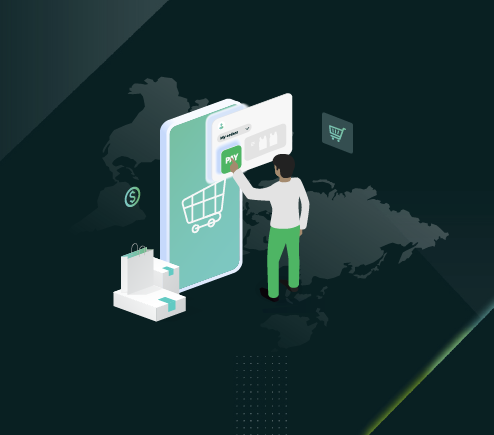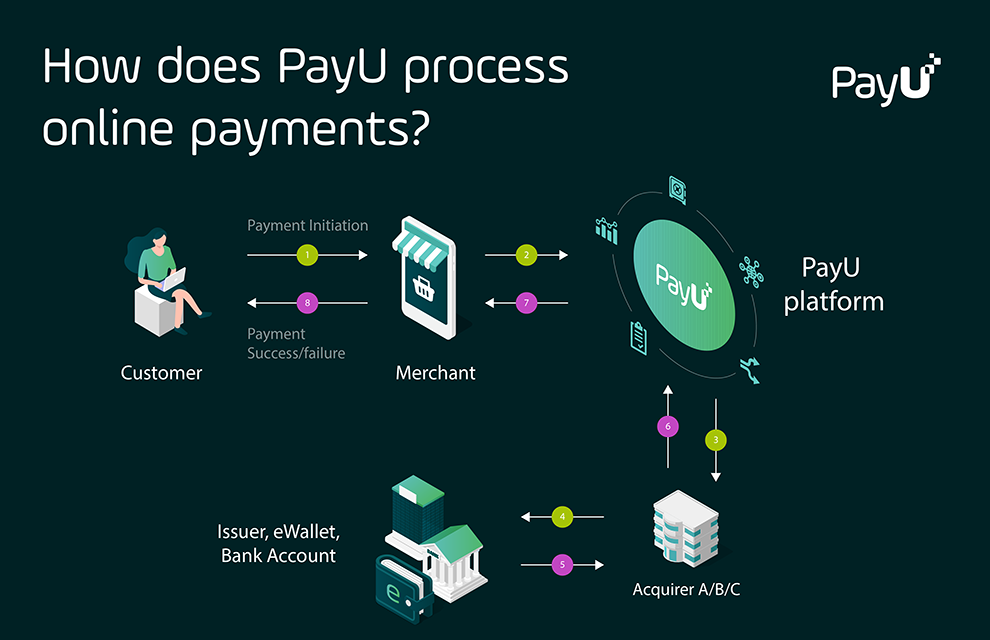05/01/2023
SEPA
The Single Euro Payments Area (SEPA) is a framework that harmonizes cashless payment transactions between countries that use the euro currency. It enables consumers, agents, and businesses to carry out payments by direct debit, instant card transfer, and credit transfers across Europe. The goal of the SEPA project is to make cross-border electronic payments as cost-effective and seamless as domestic payments.
How does SEPA work?
All SEPA transfers use the IBAN and BIC numbers of the sender and recipient bank accounts to transfer funds.
There are three types of SEPA transfers, each with its own use case:
- SEPA Credit Transfers – they allow for funds to be transferred between banks, typically within one business day.
- SEPA Instant Credit Transfers (also referred to as SEPA Instant Payments) – they allow for near real-time fund transfer that happens in less than ten seconds. Once the payment provider sees that the SEPA transaction is an instant payment, it clears the amount instantly instead of in batches like regular credit transfers.
- SEPA Direct Debit Transfer – this option is available in some countries that are part of the European Union. It allows a person or business to set up recurring payments – for example, to pay monthly rent, internet or electricity bills, or cover regular loan repayment installments. To use this system, the sender needs to sign a contract that allows the recipient of funds to repeatedly take money out from their account. The recipient sends a request to their bank to pull the recurring amount, and the bank validates the pull request and settles the transaction.
PayPal
PayPal is a cross-border payments company that streamlines payments between parties through online transfers. Founded in 1998, PayPal is responsible for a massive chunk of cross-border payments made today as it processed around 5.34 billion payments in the fourth quarter of 2021 alone.
PayPal lets customers register with an email address connected to their card or bank account. Once they confirm their identification and proof of funds, users can start sending or receiving payments to and from other PayPal accounts.
How does PayPal work?
PayPal verifies the user and account information before allowing a customer to use the service. A user connects their bank account or credit/debit card to PayPal.
The user can then select which account to debit when making an online payment. PayPal processes the transactions behind the scenes, connecting to the Automated Clearing House (ACH) and acting as the ODFI for the ACH transaction.
PayPal serves as a wallet too since funds received can sit in this virtual wallet and be used for point of sale (with a PayPal card), e-commerce, transfers between users, or transfers back into a bank account. Since PayPal places a hold on the card when a transaction is initiated, it ensures that even if the transaction is initially declined, it can still acquire money later on.
The Clearing House RTP
The Clearing House RTP Network is a network that transfers money electronically and immediately between banks in the United States. The electronic payments processing network launched in November 2017, and its purpose is to provide real-time payments for retail, commercial and institutional customers. Financial institutions that hold 75% of U.S. demand deposit accounts (DDAs) can use the RTP network’s real-time payment capabilities.
How does RTP work?
The Federal Reserve Bank’s Clearing House Department processes all real-time payments and manages the network that facilitates these transactions. The RTP system is based on a liquidity model where members of financial institutions must maintain a minimum account balance with the Federal Reserve to ensure immediate funds transfer.
For example, when a consumer pays their monthly utility bill using RTP, the bank sends a message to the network that includes the payment details. The Clearing House checks the bank’s liquidity and processes the message; it then routes it to the utility company’s bank account.
RTP uses ISO-20022 standard messages for initiating payments and retrieving transaction status. These transactions happen instantaneously and once completed, the network immediately decreases (or debits) the consumer’s financial institution’s balance and increases (or credits) that of the receiver’s institution.
Crypto rails
Crypto rails rely on a technology called blockchain – a decentralized, distributed database of encrypted records shared among several computers linked in a peer-to-peer network. Blockchain technology allows information to be recorded securely, ensuring that data cannot be manipulated or corrupted.
How do crypto rails work?
Blockchain has so far been used to develop a number of financial products such as cryptocurrencies, stablecoins, NFTs, and more. Stablecoins can be exchanged via a crypto rail and offer more stability than volatile coins like Bitcoin as they’re backed by regulations.
By using crypto rails in an e-commerce store, merchants can significantly increase the speed of cross-border transactions that tend to be expensive and slow when using traditional bank systems.
 Payment Solutions
Payment Solutions Services
Services Credit
Credit Resources
Resources About PayU GPO
About PayU GPO
















